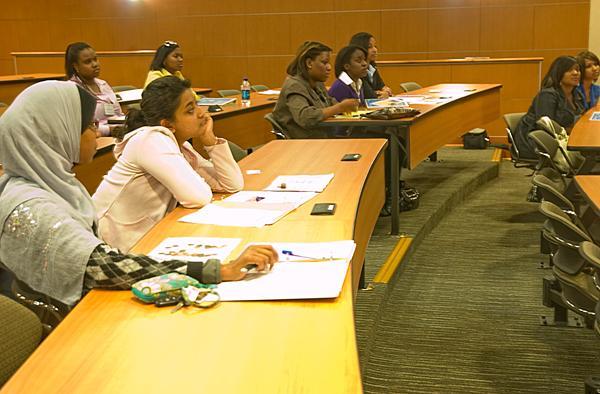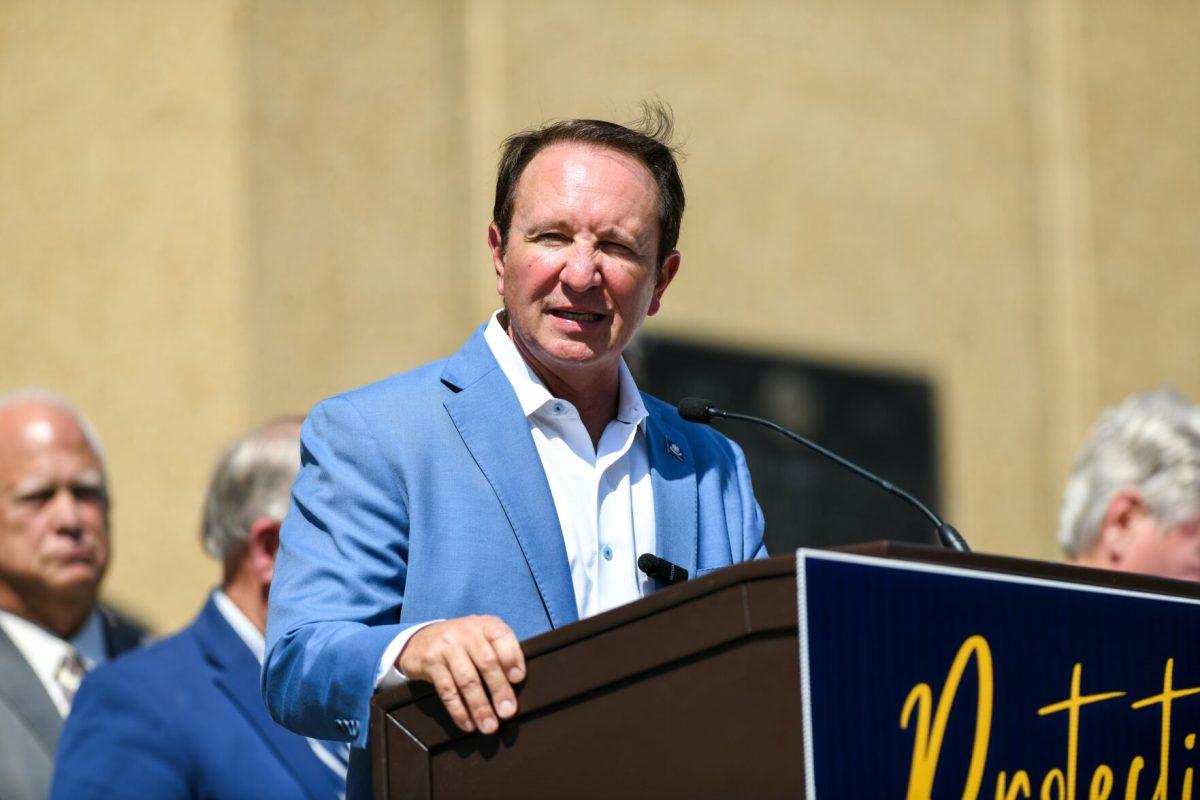Wilishia Morgan stared into her lap at a hemp bracelet she was stringing with beads of a few different colors and realized she was learning a lesson about diversity. Morgan attended the annual Multicultural Student Leadership Conference on Saturday in the Student Union and participated in an exercise to help students determine whether they surround themselves with a racially diverse group of individuals. She filled out a form about the people in her life and received a different color bead for each race represented on the survey. Morgan, information systems and decision sciences senior representing Delta Sigma Theta, said the sessions helped her become aware of how students subconsciously and unintentionally spend time with peers of the same race.Morgan and about 60 other student leaders attended sessions about leadership, communication, identity, cultural stereotyping and women’s rights. Staff members from several student assistance organizations, including Campus Life, The Center for Academic Success, Career Services and Residential Life, lead sessions.Niya Blair, African American Student Affairs coordinator, said students represented many organizations, including Residential Life, the Black Student Union, Greek Life, Ambassadors, Spectrum, the Baptist Collegiate Ministry and the Honors College.Blair said a more diverse group of student leaders attended the conference than in past years, and she intentionally recruited students of different races and backgrounds. She said the conference was called the Black Student Leadership Conference until 2007 when she arrived at the University. The majority of students participating were black, but this year’s group of students was the most diverse yet, Blair said. But Devon Wade, sociology and criminology junior representing National Association for the Advancement of Colored People, said he wished “more than just black and white students” had attended the event.Jonathon Hyde, Residential Life associate director of residence education, led a session about understanding identity and how society defines individuals based on race, gender, sexual orientation and other characteristics. Hyde said he hopes students will take what they learned back to their campus organizations. “When there are groups that are oppressed and struggling, you don’t normally see them out supporting each other,” Hyde said. “I’d love to see those people out supporting people who are struggling.” Wade said his favorite part of the sessions was student interaction and discussion about how students can spread multiculturalism to the campus community. Hyde’s session identified seven characteristics of identity — including race, gender, ability and socioeconomic status — society uses to define individuals. He said some characteristics are dominant and some are subordinate. Hyde urged students to think about their privileges in these identities and to “look beyond their own struggles.” In the closing session of the conference, students participated in an exercise about understanding stereotypes. Students wrote gut-reaction thoughts about different groups of people shown on posters around the room. One poster for “republicans” included statements like “fundamentalist,” “close-minded,” “white man,” and “rich,” while other posters like “Mexican” and “atheist,” were also covered with stereotypical descriptions.—-Contact Emily Holden at [email protected]
Annual conference draws more diversity
October 17, 2009

Students listen to Blaine Grimes, financial education coordinator, talk about money matters Saturday as part of the Multicultural Student Leadership Conference.





